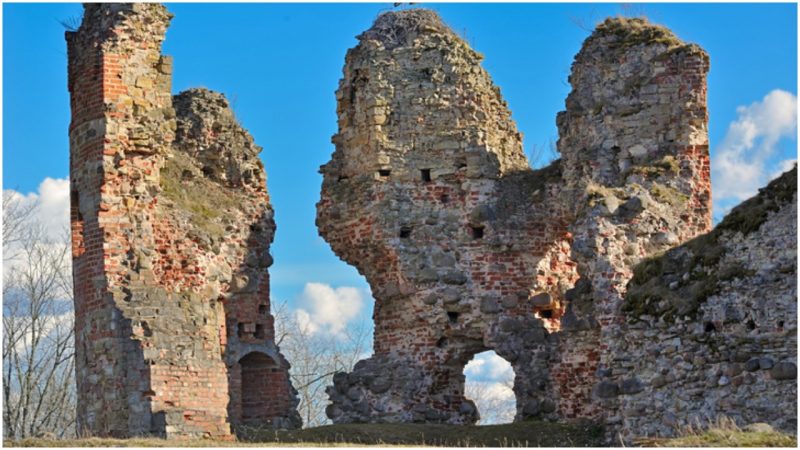The romantic ruins of Vastseliina Episcopal Castle, also known as Nienhuse or Novum Castrum, are located in the southeastern part of Estonia, near the Piusa River. The castle was erected by the German knights of the Livonian Order, part of the Teutonic Order, on the orders of the Landmeister (country master and the highest officer of the order), Burkhard von Dreileben.
The remains of the medieval structure are placed near the former eastern borderline of Old (Medieval) Livonia and Pskov (Russia), in the middle of the trade route between Pskov and Riga.
The mighty stronghold was part of the border defense system made of several fortifications erected in the 13th and 14th century by the Livonian Confederation against Novgorod, Pskov, and in the following centuries Moscow, in order to defend their land from the Russians.
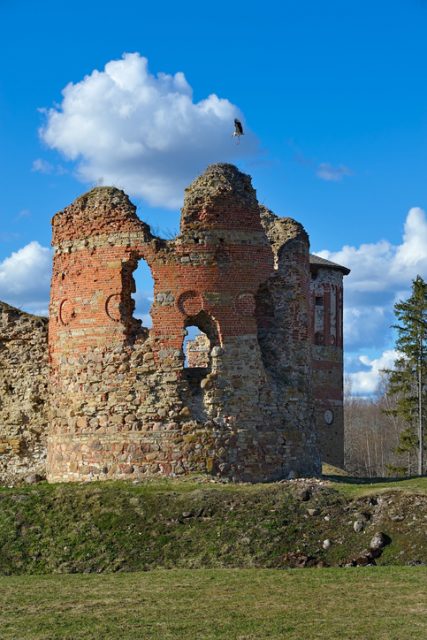
The line was practically a border between Russia and the rest of Europe. The construction of the Vastseliina Castle was started in 1342 on the territory of the Bishopric of Tartu (then known as Dorpat), which was part of the Livonian Confederation. Due to its location, it thrived throughout the years and became one of the strongest fortresses along the borderline.
The location during medieval times was also famed among the Catholic pilgrims because of the holy cross which, according the legend, miraculously appeared in the chapel.
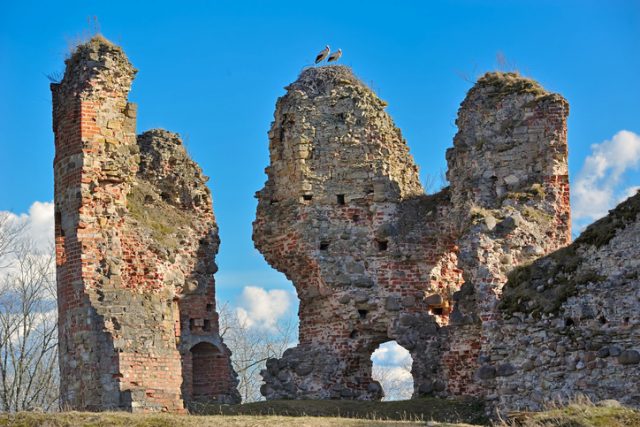
The miracle was reported in the year 1353: many witnessed that a white holy cross in the castle’s chapel altar was standing without any visible support holding it up. This manifestation of the cross attracted many Catholic devotees and the castle became a favorite pilgrimage site in the next centuries. They prayed to the cross in the chapel and a visit to the sacred place gave them the opportunity to acquire an indulgence that lasted for 40 days. This was even approved by Pope Innocentius VI in 1354.
In 1558, at the start of the Livonian War, Russian troops attacked the castle and, after a three-week siege, the garrison of the castle surrendered. The Russians ruled the strategic position until they surrendered it to the Polish-Lithuanian Commonwealth in 1582.
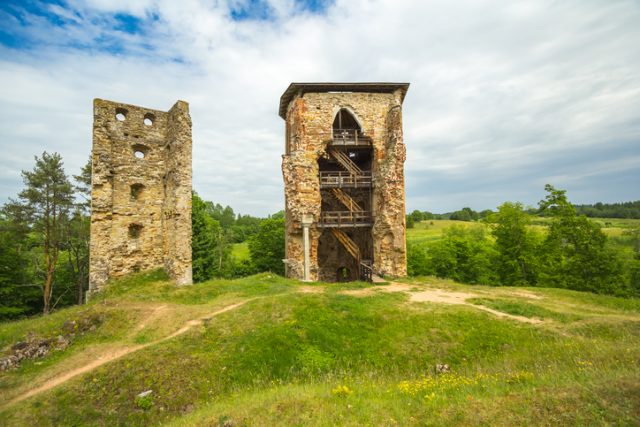
According to the peace treaty, Russia officially gave up on aspirations to controlling the territory of Livonia and in return got back the Russian territories that were previously taken over by the King of Poland and the Grand Duke of Lithuania.
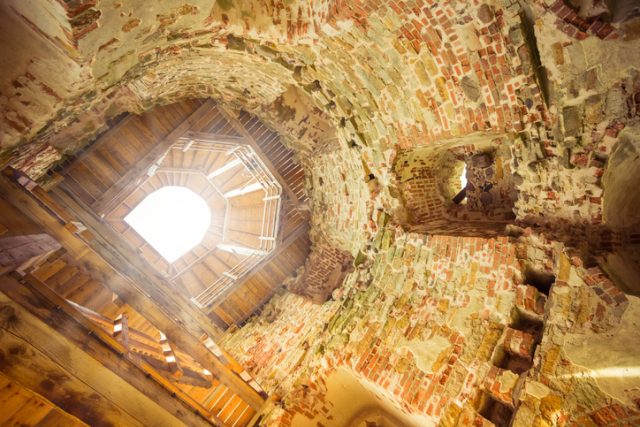
The Livonian Confederation formally ended with the end of the Livonian War, and its territory was divided among its neighbors. Sweden took control over the northern part of modern-day Estonia, while Denmark took control over the island of Saaremaa (Ösel). The remaining parts of Old Livonia, including Vastseliina Castle, now belonged to the Polish-Lithuanian Commonwealth.
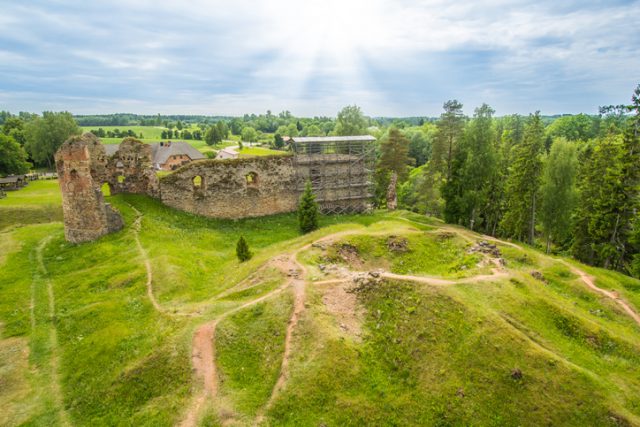
After many years of conflict between the Polish-Lithuanian Commonwealth and Sweden, Swedish troops took control of the entire territory of modern-day Estonia and northern Latvia, including the castle, which was conquered by them in 1625.

The castle was in operation until the end of the 17th century. It was heavily destroyed by the Russian armies commanded by Peter the Great in 1702 in the course of the Great Northern War (1700-1721). In this war, the Russians triumphed over the Swedes, and Russia took control over Estonia. Since then the castle has been left abandoned and never reconstructed.
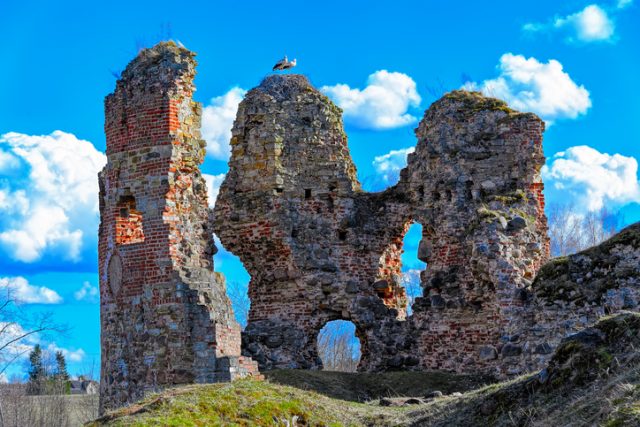
In recent years, the ruins were carefully cleared of trees and overgrown vegetation. Parts of the castle were restored, and today the site is a popular tourist destination. The earliest surviving part is the keep, but only bits of it are still recognizable. The northeastern cannon tower, built in Gothic architectural style, is still standing proudly.
It was restored and the top of it provides great panoramic views of the surrounding forested area. The southern wall, of which only a section is visible, and the northern and southeastern tower, which are partly preserved, originate from the 16th century. A nearby old blacksmith’s workshop has been transformed into a museum. Storks are one of the regular inhabitants of the castle because the area is their preferable nesting site.
